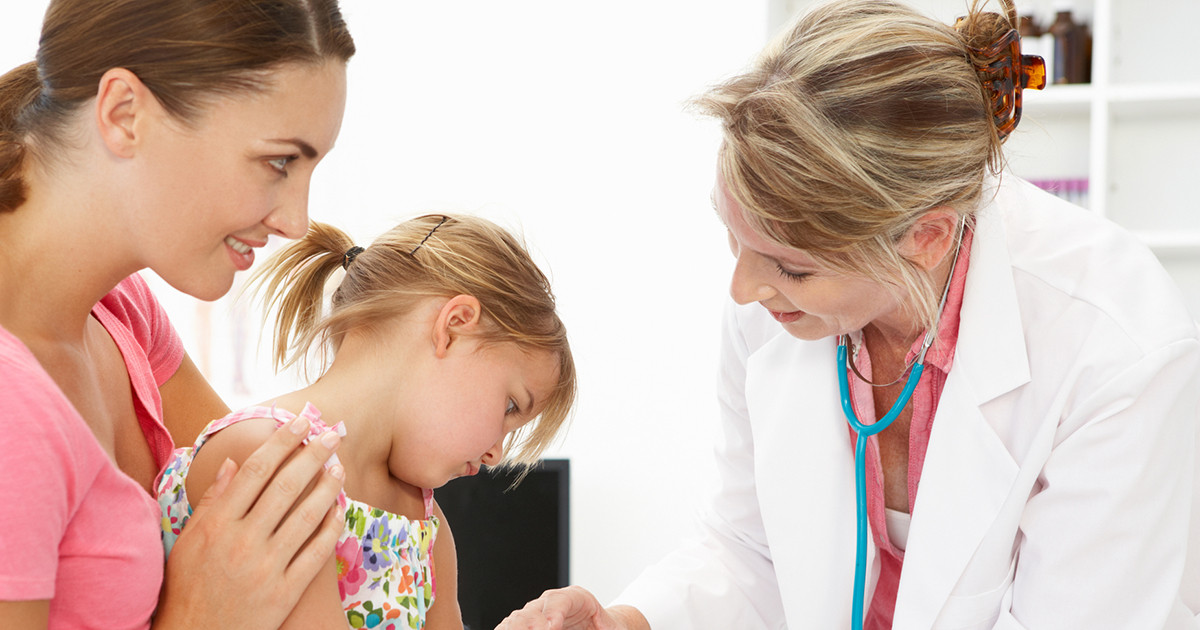Moyamoya Syndrome Risk Factors & Causes
Gender

In documented cases of Moyamoya syndrome, the female population has slightly higher incidence rates. The reasoning for this, like many other risk factors, has not been the target of conclusive research. Scientists do have theories, as they usually do, including a connection back to the potential genetic link. Women have two X chromosomes, while men have a Y chromosome. It's possible the Y chromosome houses genes that help to reduce the potential for developing Moyamoya syndrome.
It's also possible the increased chances of this condition has nothing to do with chromosomes. Instead, it might be related to the physical and structural makeup of men versus women. Women experience different hormones, different body mass ratios, and different metabolisms. Any number of factors might be the reason females develop Moyamoya disease more often than males.
Age

Moyamoya syndrome might develop at any age, but the symptoms overwhelmingly present in children rather than adults. When adults do develop Moyamoya disease, they tend to be between thirty and fifty, and children are usually between five and ten. It's very uncommon for adolescents, young adults, and the elderly to develop Moyamoya disease.
The first symptom that manifests is usually a stroke, though it might manifest as recurrent transient ischemic attacks, something particularly common in children. Adults with the disease might experience these types of symptoms, but they're more likely to suffer brain bleeding due to abnormal vessels in the brain.
